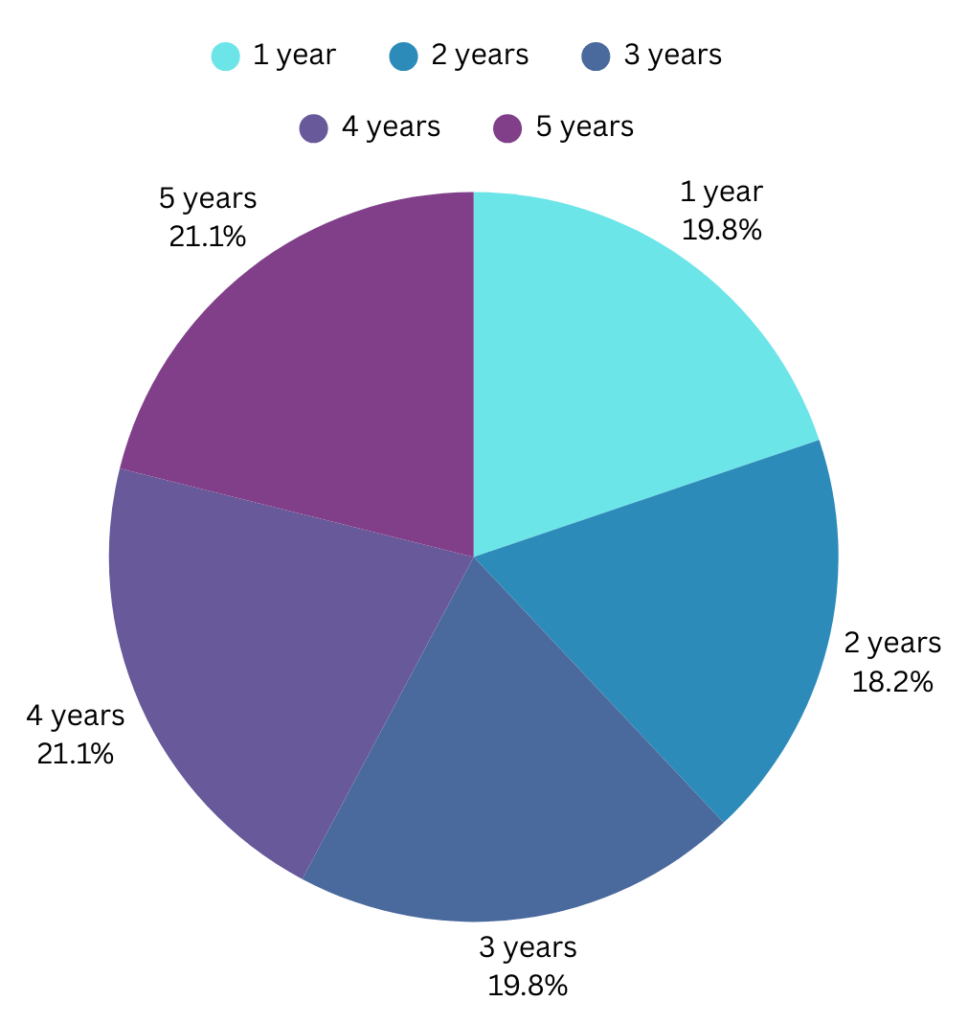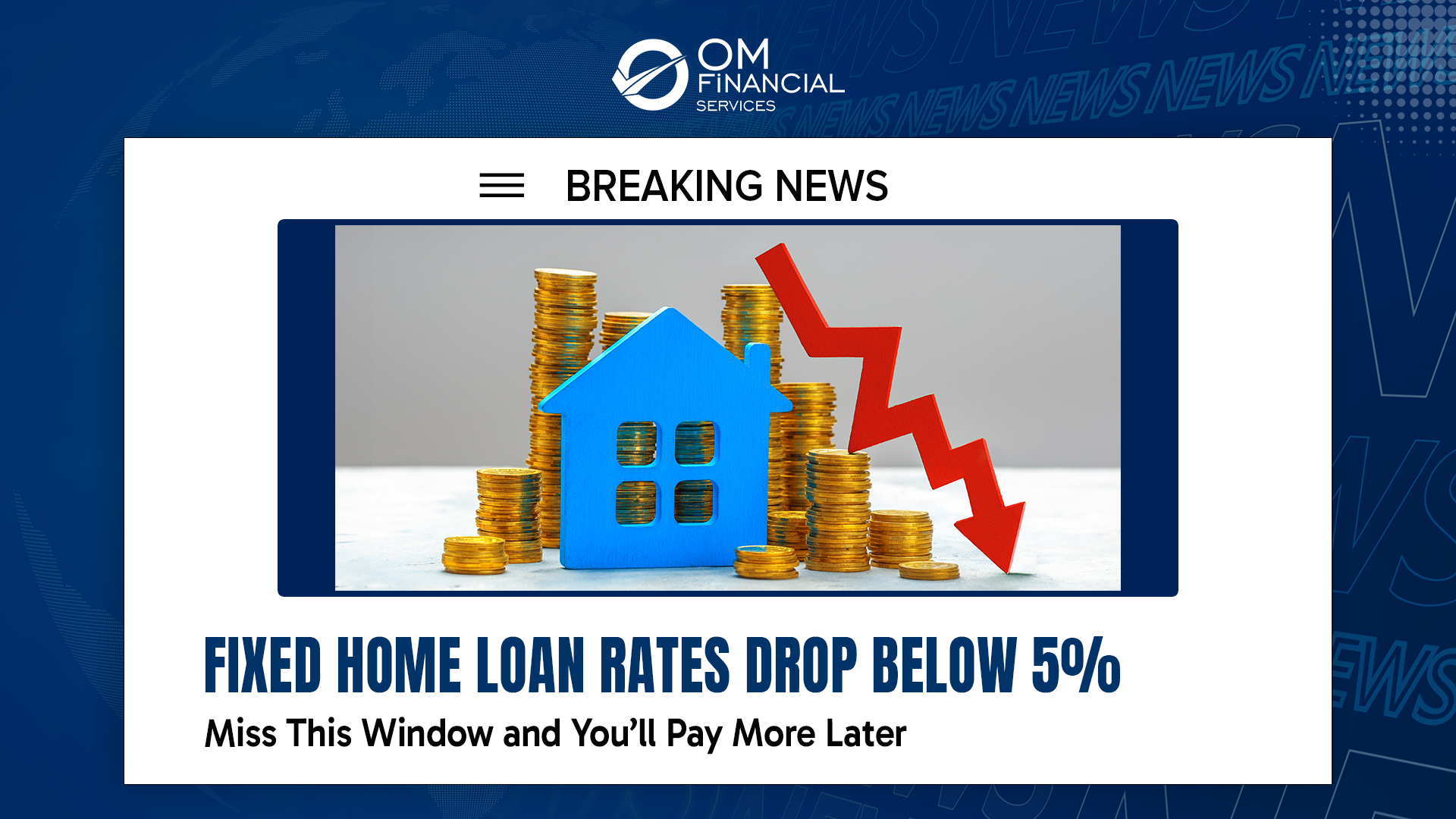Westpac has just slashed its two-year fixed home loan rate to 4.89%, making it the first of Australia’s big four banks to go under 5%. This 0.70-percentage-point cut applies to principal-and-interest loans with a 30% deposit. The reductions aren’t just for Westpac – the cuts extend across its brands (St George, BankSA and Bank of Melbourne), with some terms dropping by up to 0.90 points. In fact, Westpac now offers fixed-rate home loans ranging from about 5.19% for one-year terms up to 5.59% for four- or five-year terms.

Major Bank Rates: How They Compare
Westpac’s new two-year rate sits well below its rivals. Commonwealth Bank’s lowest two-year fixed rate is about 5.44%, while NAB and ANZ are each around 5.19% for a two-year term. In other words, Westpac is now the market leader among the majors for two- and three-year fixed rates. (Westpac and NAB even share the lowest three-year fixed rate at about 5.29%.)
Behind the big banks, specialist lenders are going even lower. Excluding eco-friendly loan discounts, Easy Street Financial is offering a two-year fixed loan at just 4.69% (with a 5.29% comparison rate). Pacific Mortgage Group also has some very competitive deals – around 4.84% for one- and three-year terms. In fact, 30 lenders have cut at least one fixed rate in the past month, so there are many attractive deals on the market right now. At the start of 2025, no lender had a fixed rate under 5%, but now 27 lenders do.
A More Competitive Mortgage Market
These rate changes signal a very competitive environment. Canstar’s data insights director notes that Westpac “took a chainsaw” to its fixed rates, aggressively cutting some terms by as much as 0.70 points. It’s the first time in this rate-cutting cycle that a big bank has dropped a fixed rate below 5%, which is a notable milestone and shows how hot the mortgage market has become. Even though fixed-rate loans aren’t yet as popular as variable loans for most borrowers, banks seem eager to win market share by offering these lower fixed rates.
What This Means for Borrowers
For borrowers thinking about fixing their rate or refinancing, this is big news. Lower fixed rates mean locking in cheaper repayments could be an option, especially if you want certainty about your mortgage costs. It’s about balance. Fixed rates give security if rates climb higher. Variable rates work in your favour if interest rates drop. Right now, many borrowers still prefer variable rates because the Reserve Bank’s future moves are unclear.
Key points for borrowers:
- Exploring More Options: Fixed rates are dropping at various lenders, offering you a broader selection than before. With competition rising, deals are improving, not only with major banks but also with smaller and non-bank lenders.
- Timing the Market: If the RBA cuts rates again later this year (which many economists expect), variable rates could come down further. In that case, staying on a variable rate might save you money. On the other hand, fixing now locks in today’s low rate and gives you payment certainty.
- Compare Fixed vs Variable: It’s more important than ever to compare your options. Don’t just assume fixed is better because it’s under 5% – run the numbers on how long you’ll stay in the loan, how much rates could fall, and whether you value stability. Our team can help crunch those numbers for you.
- Refinancing Opportunities: If you’re already on a higher fixed rate, or even on a variable rate from another lender, now may be a good time to consider refinancing. On the other hand, lower rates basically mean that you can literally save hundreds of dollars in a month. We can review your loan and see if switching makes sense.
Brokers’ Strategic Advice
Being a reliable and honest mortgage broker, our role is to help you navigate this shifting landscape. We can guide you on:
- Loan Type: We will help you in analysing your goals and willingness to take risks. Not only this, we will understand your financial situation through multiple scales and recommend you fixed term or variable rate based on what fits you better.
- Loan Term: With fixed rates still rising the longer the term, deciding between a one-, two-, or three-year fixed loan is important. Shorter terms may have even lower rates (as seen above), but you’ll eventually re-fix or refinance sooner.
- Deposits and LVR: Remember that the best rates often require a higher deposit. If your deposit is around 20% or more, you’ll qualify for the low advertised rates. (Rates differ for first-home buyers with smaller deposits.)
- Ongoing Market Moves: We keep an eye on Reserve Bank announcements and lender moves. If rates continue to fall, we might consider advising a switch back to variable later. If rates rise unexpectedly, we might lock in again. Having a broker means you won’t have to guess – you’ll get up-to-date advice.
Impact on the Property Market
Lower mortgage rates can also boost the property market. With borrowing costs easing, housing affordability has started to improve. According to the Real Estate Institute of Australia, the recent RBA rate cut helped push variable rates and fixed rates down, and affordability has actually improved for several quarters in a row. First-home buyer loans rose by about 15% in the latest quarter, suggesting more buyers are entering the market. In short, cheaper home loans can make it easier for Aussies to buy property and could add some momentum to buyer activity. Need help sorting out the details? OM Financials works with over 50 lenders to find the loan that best suits your goals, whether you’re refinancing, fixing your rate, or reviewing your current mortgage. Contact OM Financials today to explore your options. To speak with our team, call us directly on 0478 876 967.
